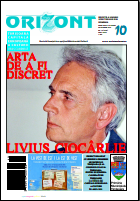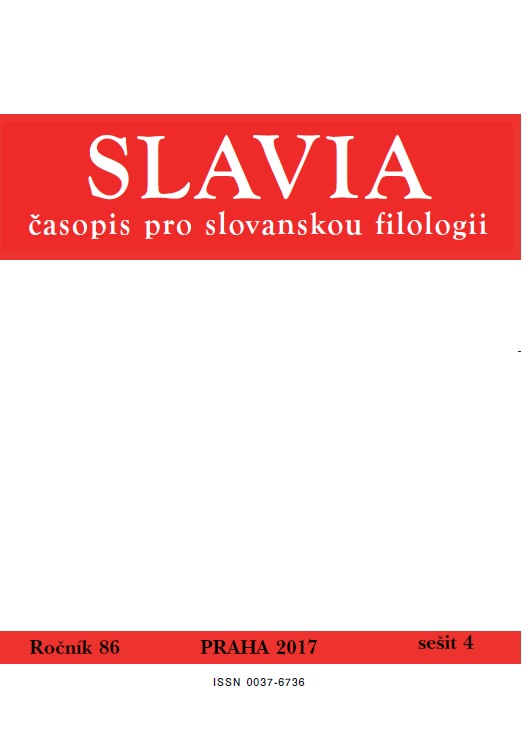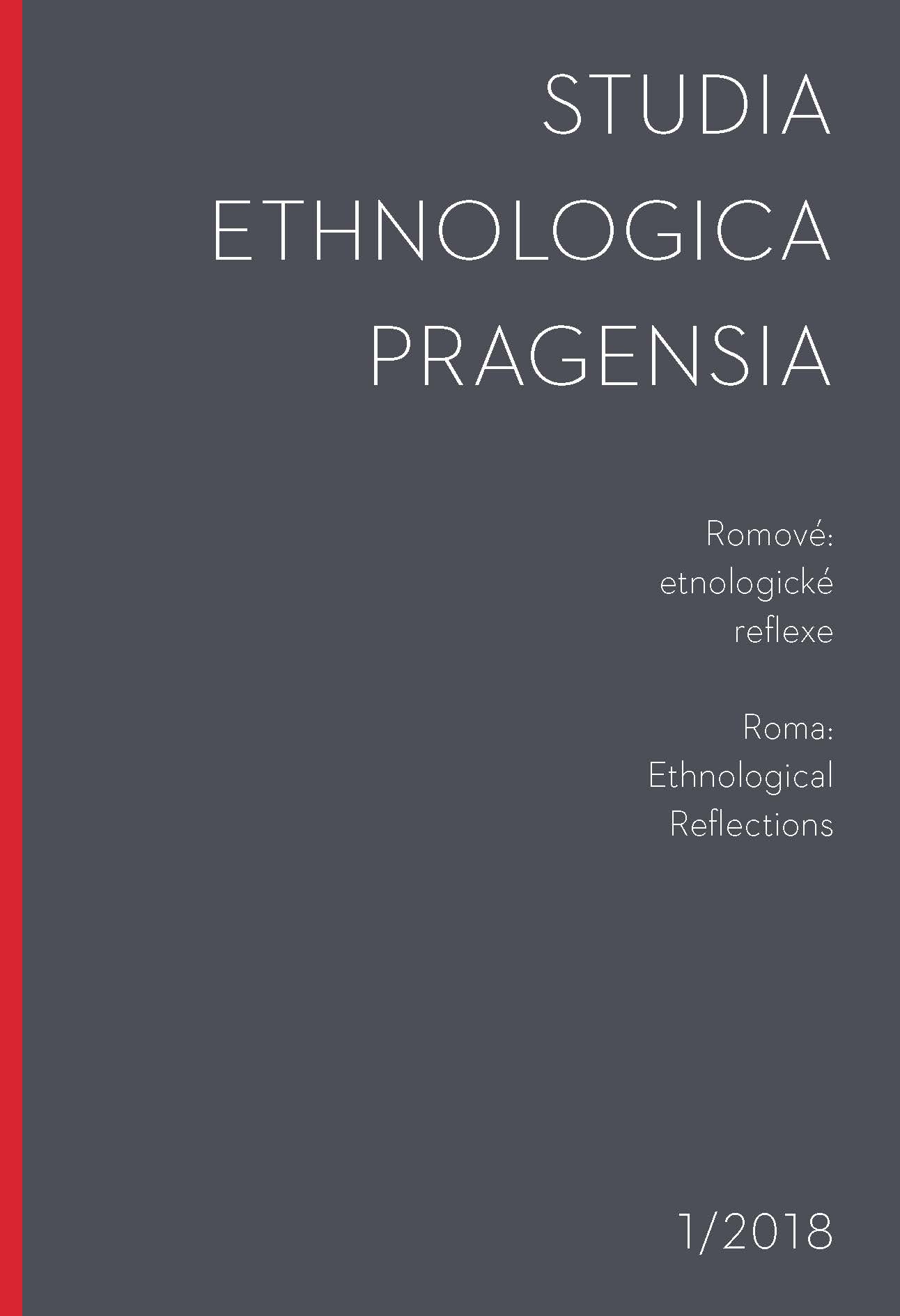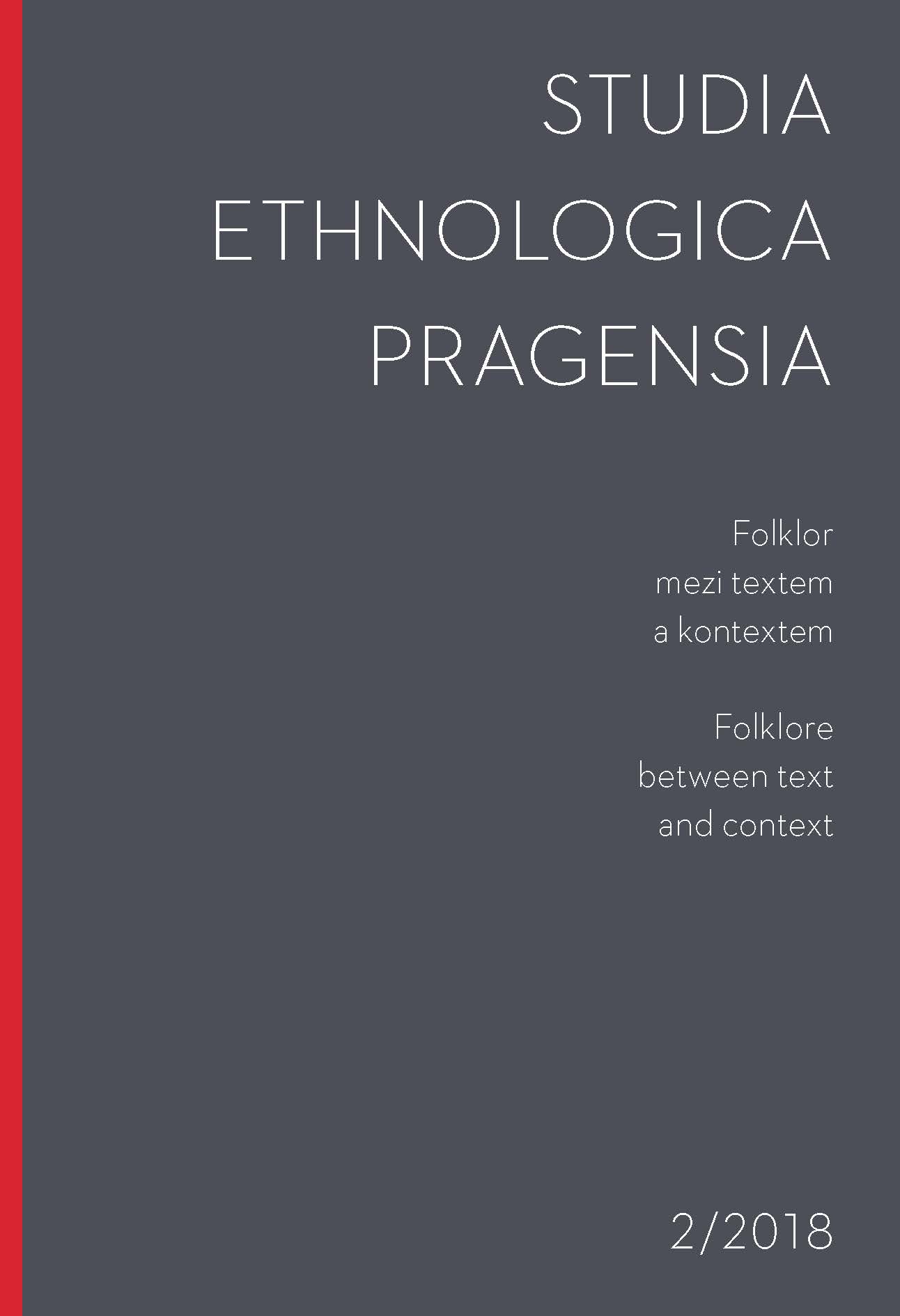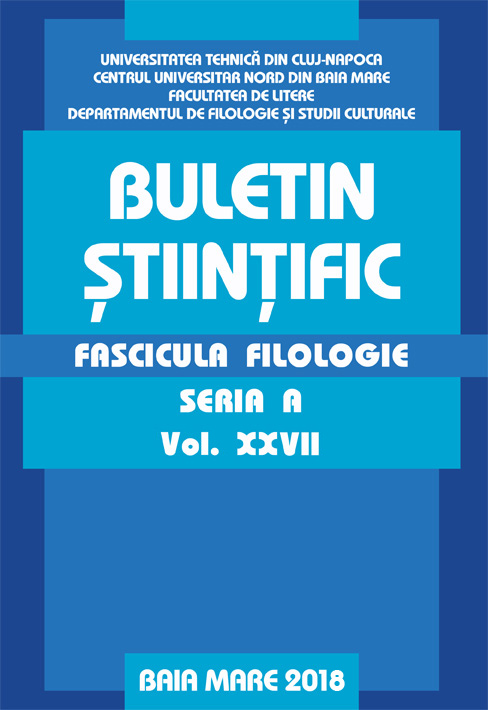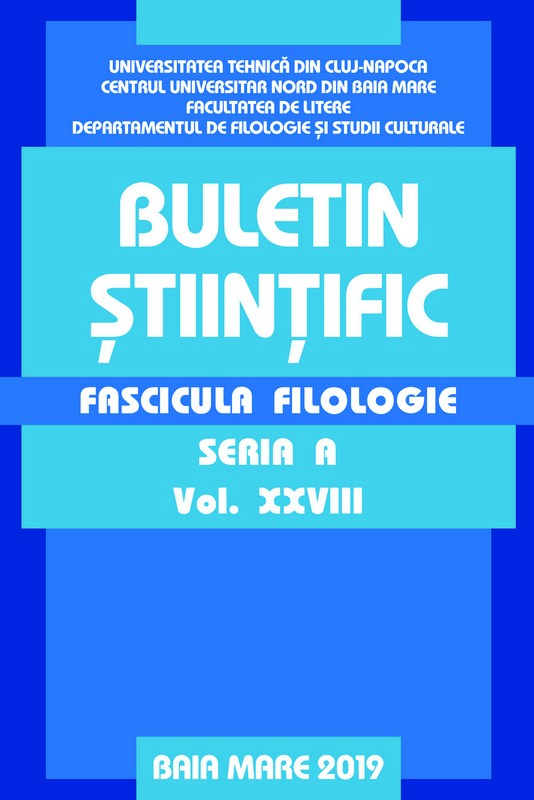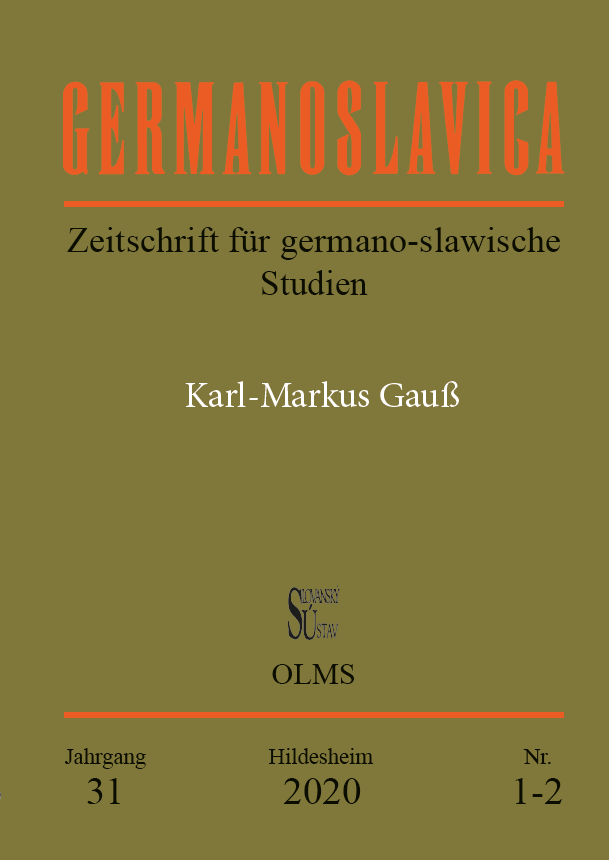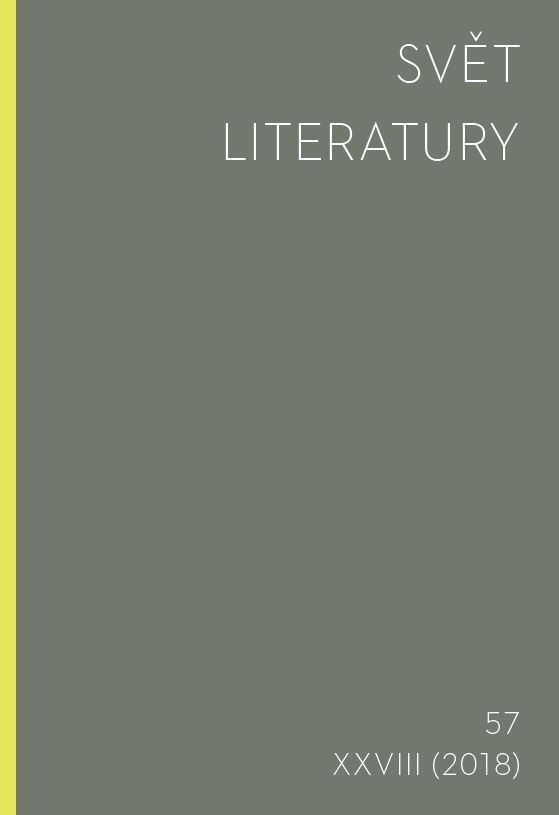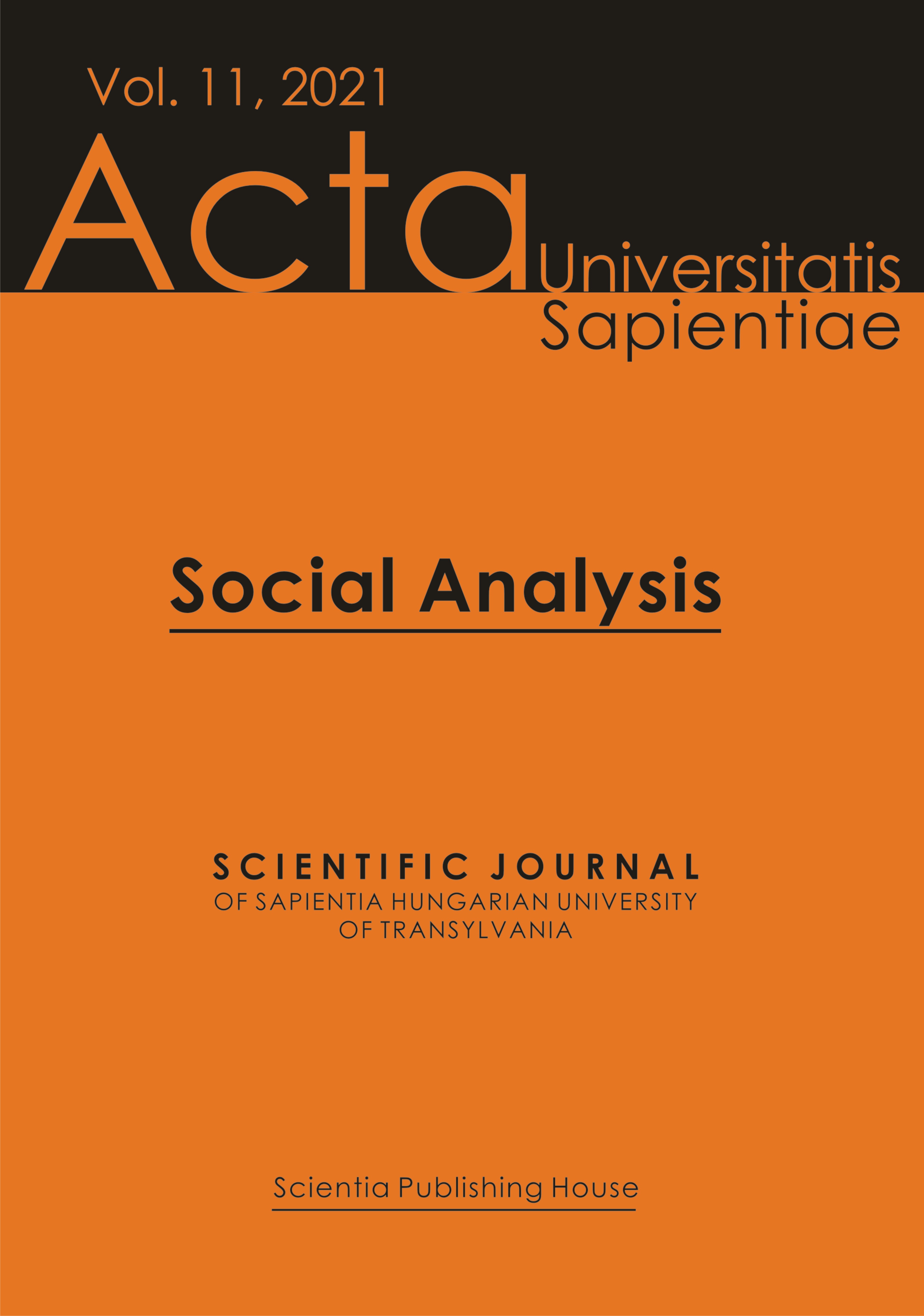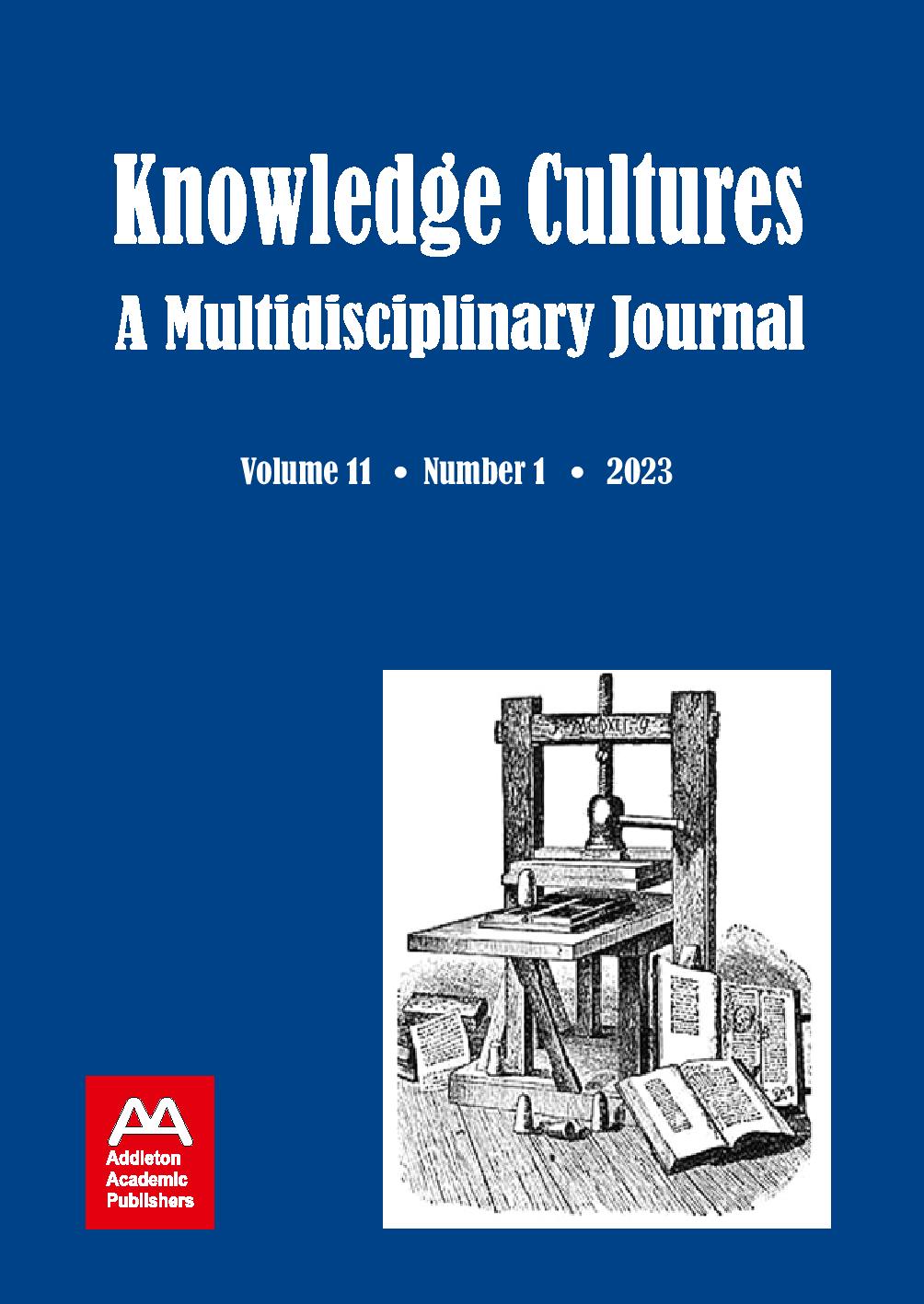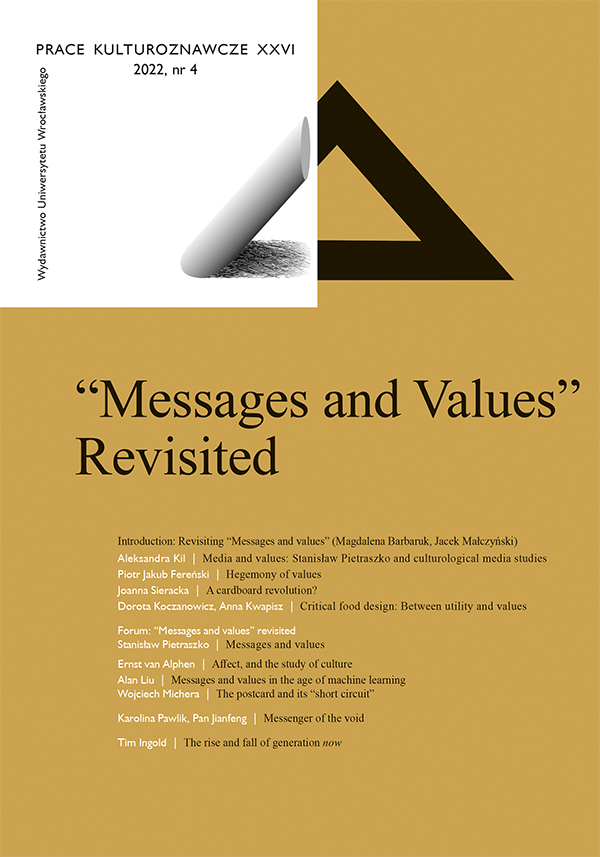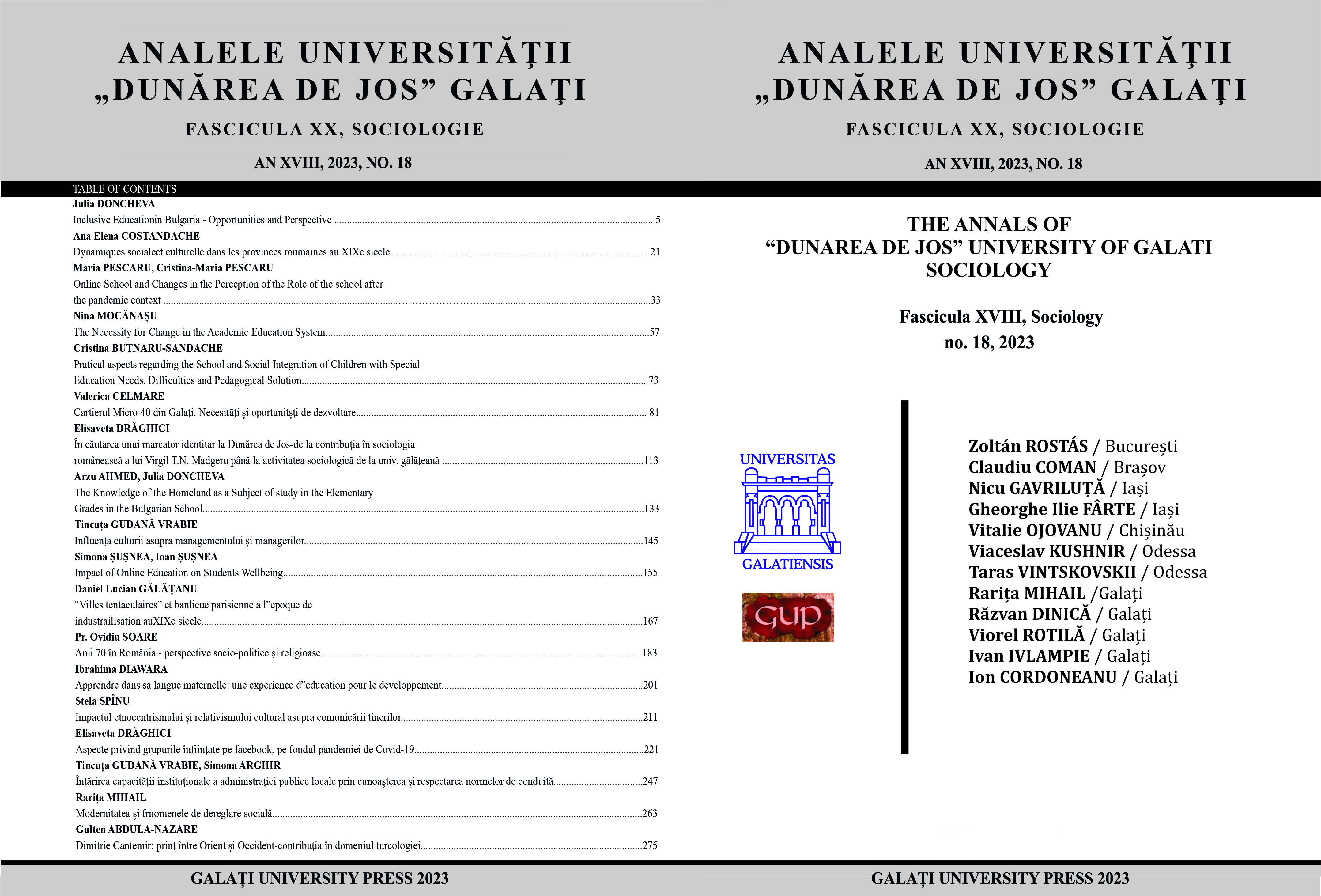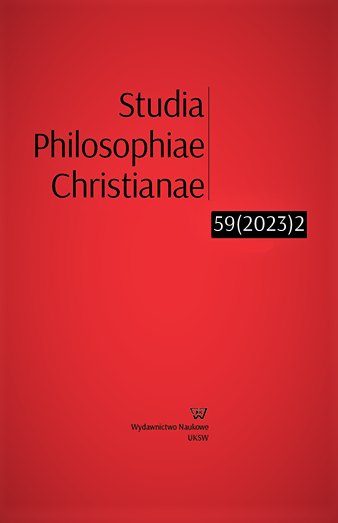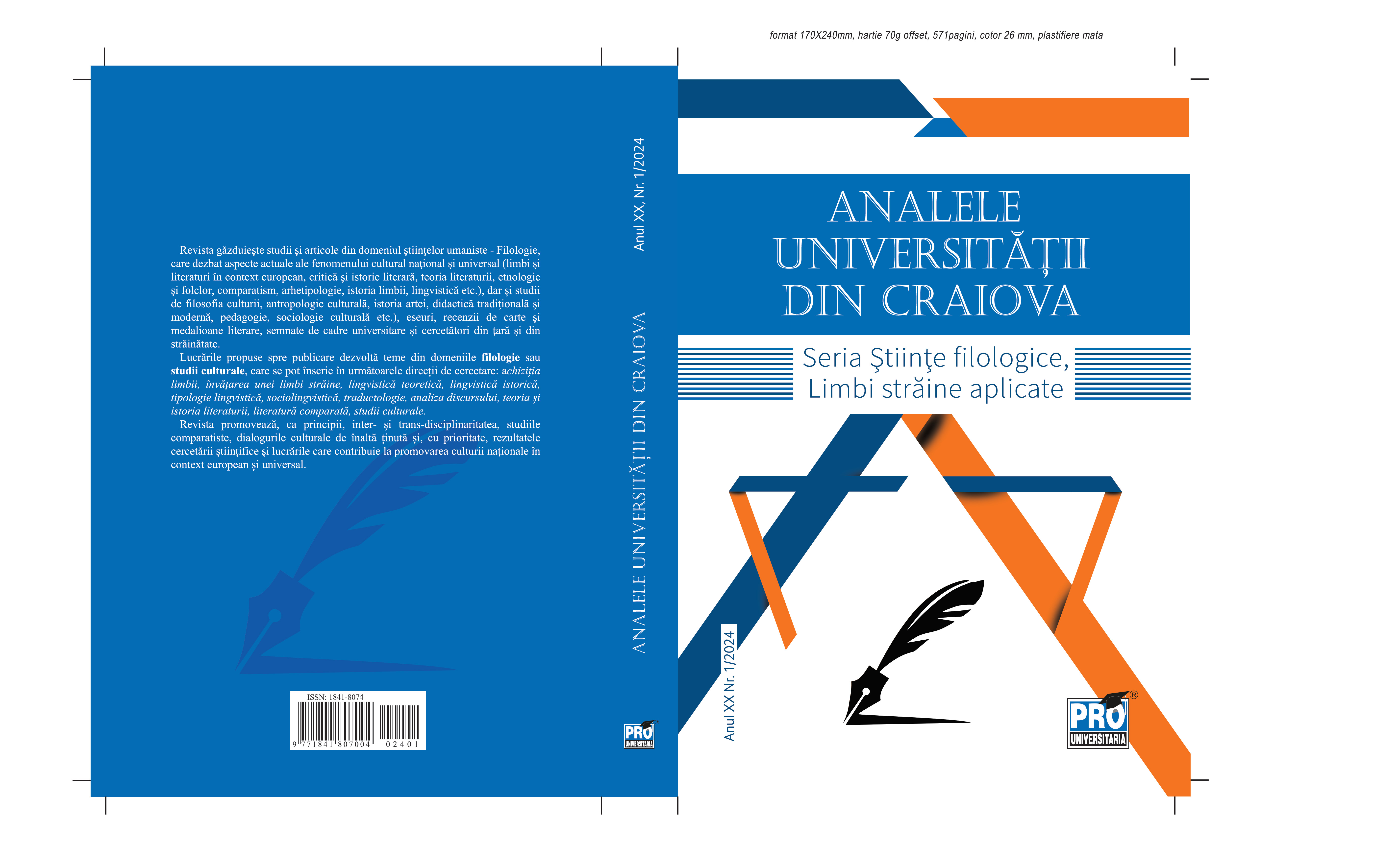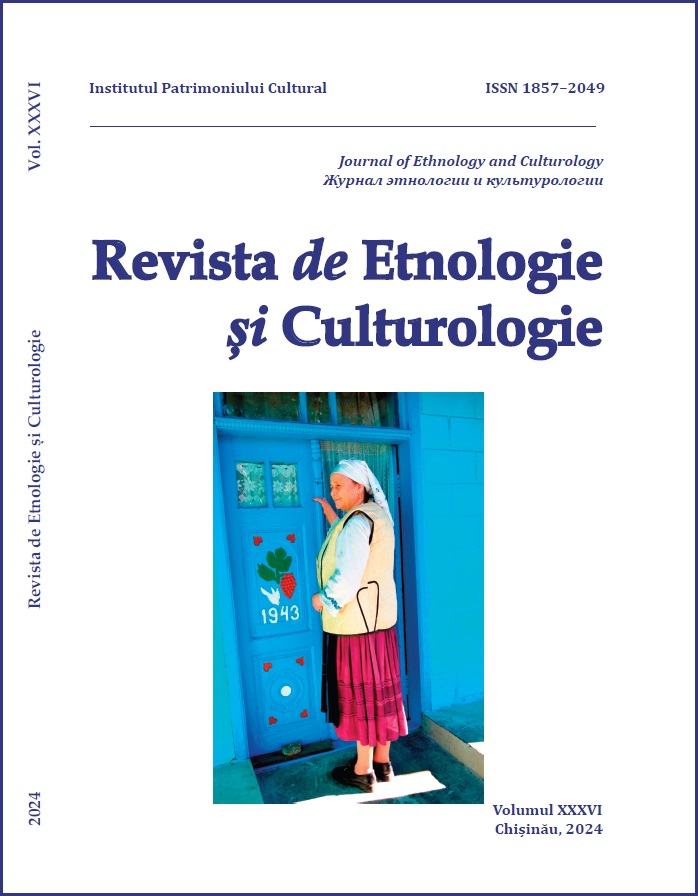OBSTACLES FOR THE INTEGRATION OF THE ASHKALI COMMUNITY INTO THE SERBIAN SOCIETY
The Ashkali community copes with serious problems in order to integrate into the Serbian society. It is considered to be the most vulnerable community among the other Internally Displaced Persons. The magnitude of their problem is very often hidden, as many of them have not registered with the authorities. Non-registration causes many other problems and prevents their access to some fundamental rights, such as employment, education, health and social assistance. Most of them live in truly deplorable conditions, and due to the lack of education and language differences they are often subject to discrimination. It is necessary to undertake measures for their registration and further protection within the society.
More...
